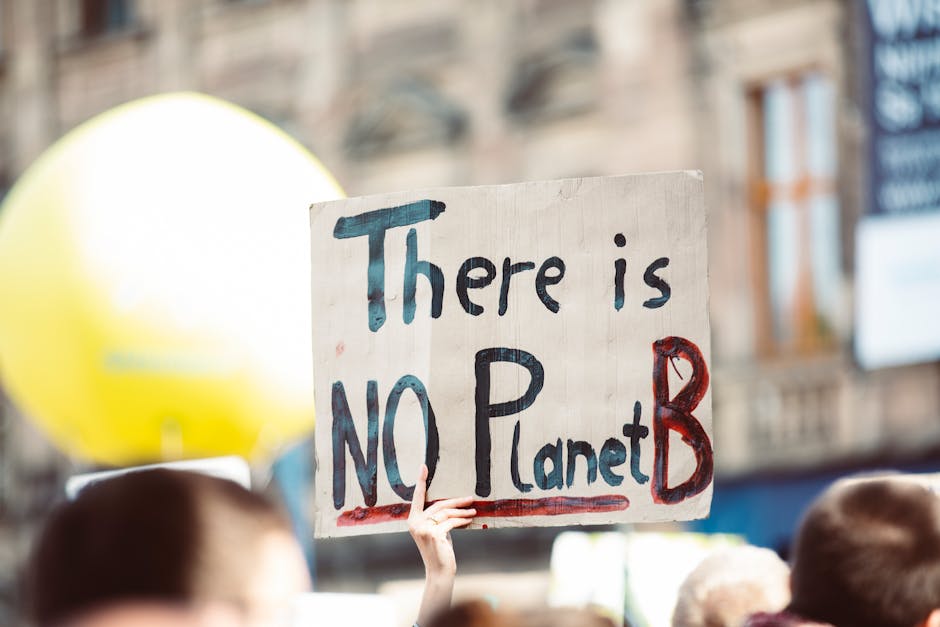We hear about global warming all the time, but it often feels like a distant threat, something happening to polar bears or far-off islands. For me, it became very real last summer during a family camping trip to a lake we've visited for years. The water level was dramatically lower than we'd ever seen it, the shoreline extended further out, and the usually lush vegetation around the lake was dry and brittle. It was a stark visual reminder that climate change is impacting even our familiar landscapes.
Global warming, or climate change, refers to the ongoing increase in Earth's average temperature caused by the accumulation of greenhouse gases in the atmosphere. These gases, such as carbon dioxide and methane, trap heat and warm the planet. While some level of greenhouse gases is natural and necessary for life, human activities, particularly the burning of fossil fuels, have significantly increased their concentration, leading to an accelerated warming trend.
The consequences of this warming are far-reaching and multifaceted. Rising global temperatures lead to melting glaciers and polar ice, contributing to rising sea levels. This poses a direct threat to coastal communities and ecosystems. Changes in weather patterns are also evident, with more frequent and intense heatwaves, droughts, floods, and wildfires becoming increasingly common. These extreme weather events disrupt agriculture, displace populations, and strain resources.
Beyond the immediate impacts on weather, global warming also affects ecosystems and biodiversity. Changes in temperature and precipitation patterns disrupt delicate ecological balances, forcing species to adapt or migrate. Coral reefs, for instance, are highly sensitive to temperature changes and are experiencing widespread bleaching and die-off. The loss of biodiversity weakens ecosystems and makes them more vulnerable to further disruptions.
The scientific consensus on climate change is overwhelming. Numerous studies and reports from reputable scientific organizations worldwide have confirmed the reality and severity of the issue. The Intergovernmental Panel on Climate Change (IPCC), the leading international body for assessing climate change, has concluded that human influence is unequivocally the main driver of the observed warming.
Addressing climate change requires a global effort. Transitioning to cleaner energy sources, such as solar and wind power, is crucial for reducing greenhouse gas emissions. Improving energy efficiency in buildings and transportation can also significantly contribute to mitigating climate change. International cooperation and agreements, like the Paris Agreement, are essential for setting targets and coordinating actions on a global scale.
Individual actions also play a role. We can make conscious choices to reduce our carbon footprint by using public transportation, biking, or walking whenever possible. Conserving energy at home, reducing waste, and adopting a more sustainable lifestyle can collectively make a difference. Supporting businesses and policies that prioritize environmental sustainability is another important step.
The experience at the lake that summer brought the reality of climate change home for me. It underscored the urgency of addressing this issue and the importance of both collective and individual action. We all have a role to play in protecting our planet and ensuring a sustainable future for generations to come.

